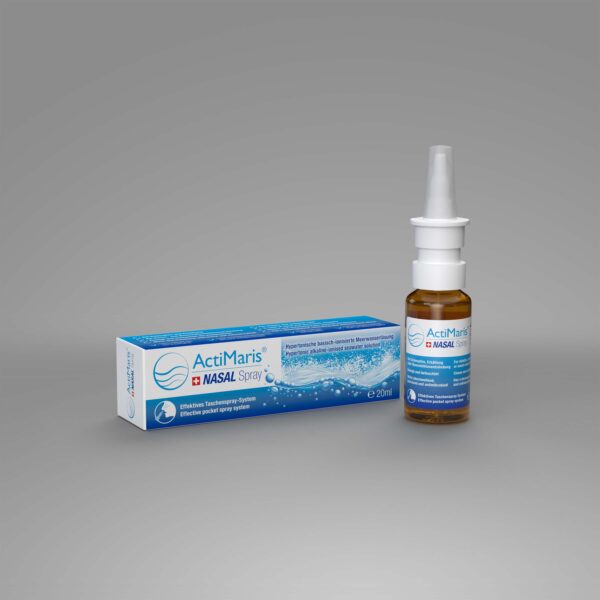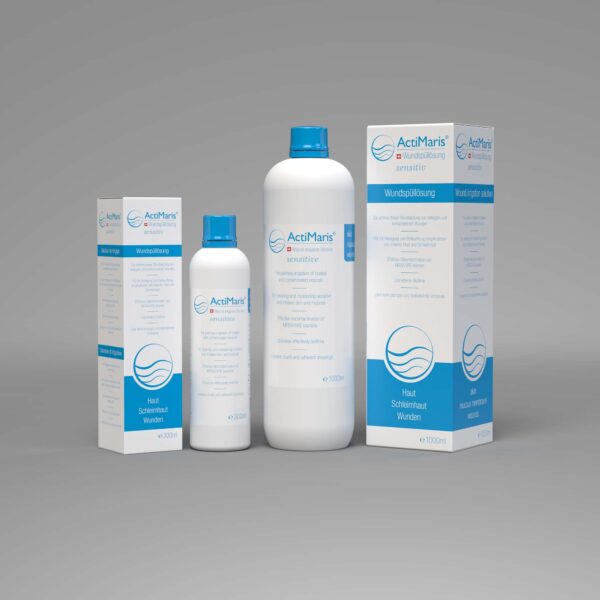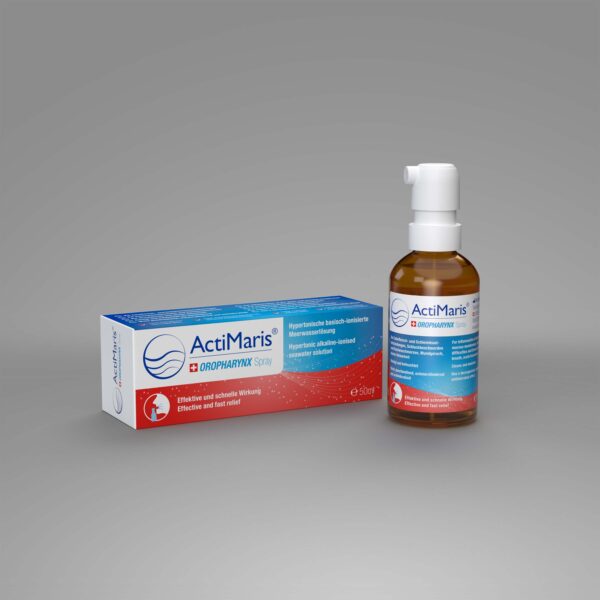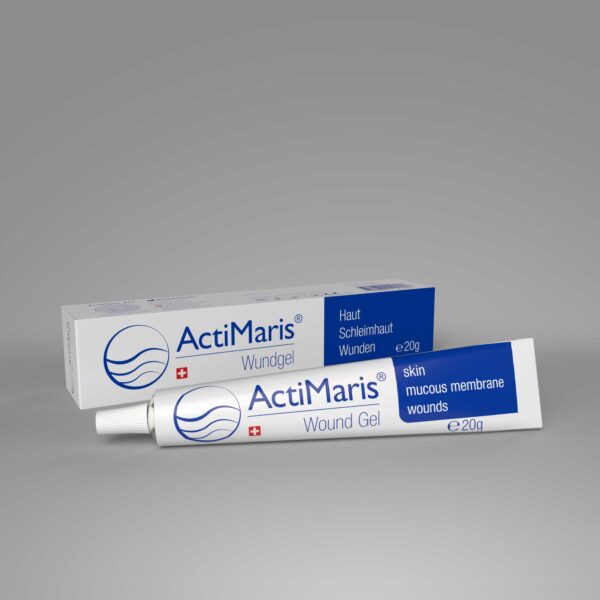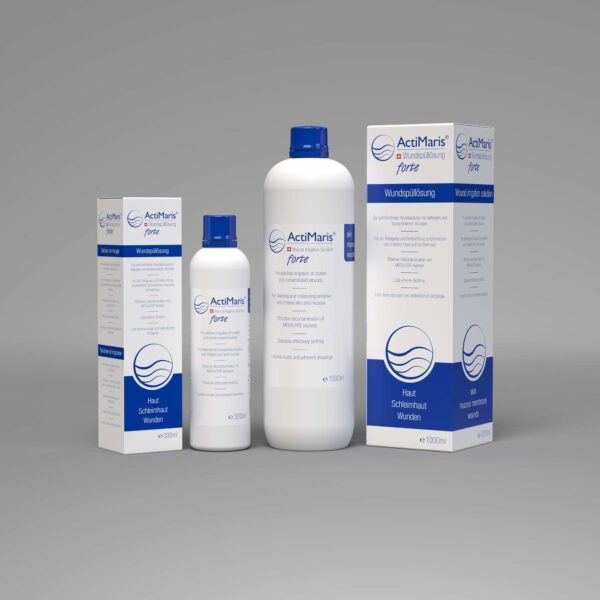Background
After the Earth was formed 4.5 – 5 billion years ago, a physical or cosmic evolution first took place. This was followed first by atomic and then chemical evolution. The first signs of biological evolution and the existence of anaerobic bacteria can be found about 3.5 billion years ago. Life in the ocean originated about 3 billion years ago, but there was no still no oxygen in the atmosphere.
Only cyanobacteria were capable of producing oxygen, and therefore atmospheric oxygen developed slowly about 2 billion years ago. This stabilised over time at a level of 21% (today in the oxygen cycle, the proportion of oxygen in the air is 23%, in the earth’s crust it is 47%, in the sea 87% and it makes up 66% of the human body).
This was also the starting point for the evolution of aerobic bacteria (prokaryotes) and later also eukaryotes. The process of endo-symbiosis led to the formation of mitochondria, which are able to use oxygen for energy production via a long chain of physico-chemical processes of oxidative phosphorylation, in a much more efficient way than via the fermentation process in the cytoplasm.
Hence, there are three main differences between eukaryotic cells and prokaryotes:
- different cell membrane structure
- a cell nucleus with DNA
- mitochondria
These anatomical and physiological (metabolic) differences enable us to fight pathological germs / bacteria in a selective, effective way.
A host of doctors, physicists, chemists and scientists over the last 500 years have been behind the concept of developing ActiMaris® with their discoveries and their research, and this has made it possible to explain the mechanisms behind the effectiveness of ActiMaris®.
Additionally, numerous researchers and scientists from various research disciplines over the past 20 – 30 years have continued to broaden our understanding of the biophysical and cell biological effects.
The new book by C. Jakob and P. G. Winyard covers all of them, entitled:
Redox Signalling and Regulation in Biology and Medicine
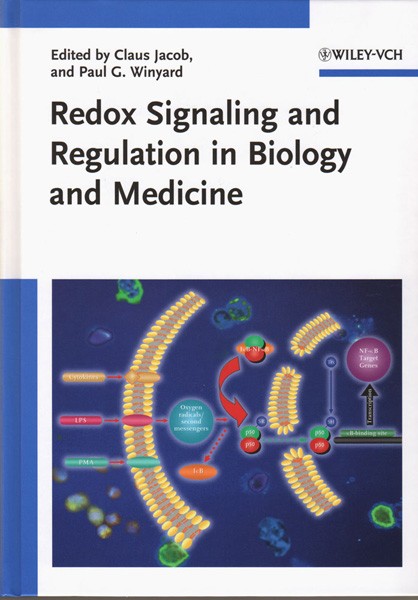
The sun’s rays and sea surf produce energy-rich singlet oxygen (the blue colour of the sky) and other reactive oxygen species (ROS), which have been stored in the ActiMaris® complex and stabilised for a long period (2.5 years) by the specially modified electrolysis of sea water.
In addition to 95% ATP molecules, our cells also produce 3-5% ROS substances in the cascade process of oxidative phosphorylation in the mitochondria. These function as signalling molecules and antibacterial substances, and need to be in equilibrium with the antioxidants. If there is an imbalance between ROS and antioxidants, the redox potential and intra-cellular and extracellular communication are disturbed, which can lead to a pathophysiological process and the development of disease.
It is not just a single component of the ActiMaris® complex working alone, but all components working together and interdependently, that make it possible for there to be a cell biological, physico-chemical, bioactive (energetic), sophisticated signalling, modulation and transduction effect on the repair mechanisms of damaged skin and mucous membranes.
ActiMaris® is available in various forms as a Class II b certified medical product for clinical use with ubiquitous application possibilities and a broad spectrum of indications, but most importantly, it has no adverse effects.
